The iPhone XS Max is the most expensive smartphone in the market now. An “entry” model with 64GB starts at $1,799, and goes up to a whopping $2,349 for 512GB of space (yes, it’s like carrying a computer around). The new Leica M10-P costs $12,000 — and that’s just for the body alone. The cheapest M-System lens will set you back around $3,000, with the ridiculous ones going up to $19,000. I’m very fortunate to have both in my hands right now, which allows me to do a side-by-side comparison of pictures taken with both magnificent beasts.

I’m not trying to determine which camera is better; I’ve no doubt that both will perform extremely well — and better than the other, in certain situations — I want to discover their capabilities and where they each perform best. So before we dive into the photos, let’s talk a bit about the cameras and lenses involved:
ABOUT THE LENS ON THE IPHONE XS MAX:

I’m just going to focus on the rear cameras for this article. There are two lenses: a 12-megapixel f/1.8 wide-angle lens, and a 12-megapixel f/2.4 telephoto lens with 2x optical zoom. Both are optically stabilised.
ABOUT THE LENS ON THE LEICA M10-P:

I only have one lens with me now for the M10-P, which is the Leica Summaron-M 28mm f/5.6 ASPH (retailing at $3,930). This pancake lens has old-school vibes; and I don’t just mean in the way it looks. The photos taken feature heavy vignetting and the same kind of charm that you’ll tend to see in photos taken with film.
As you can see, both the iPhone XS Max and Leica M10-P are very different instruments, and I was curious about how the photos taken with them stack up next to each other. Take a look:
NOTE: All pictures are straight from the cameras, without any filters or edits done. And you can click on the photos to see their full resolution.
 Full size: 5,175 x 3,881 pixels / 1/60 sec; f/5.6; iso 400
Full size: 5,175 x 3,881 pixels / 1/60 sec; f/5.6; iso 400
Above: Taken with Leica’s Summaron lens, the strong vignetting makes the trees at the bottom corners darker and more shadowy than I’d like. But that is easily fixed in Photoshop or even Snapseed. It was an overcast sky the day this photo was taken, and the Leica captured the mood beautifully, retaining a true-to-life white balance.
 Full size: 3,432 x 2,574 pixels / 1/250 sec; f/1.8; iso 25
Full size: 3,432 x 2,574 pixels / 1/250 sec; f/1.8; iso 25
Above: Here’s the same view taken with the iPhone XS Max, and again, without any edits or filters applied to the picture. You can immediately see that the iPhone camera has a very warm tone — and I feel that that’s always been the case at least for the last four versions of iPhones I’ve owned. Looking at the picture as a whole, it’s very crisp and in focus. The overcast sky has a bit more exaggeration, and the photo is “brighter” than the one taken with the Leica. But it’s good to note that the “brightening” is a case of Apple’s photo software calibration, and the actual scene that day was darker and gloomier, and closer to Leica’s rendition.
Let’s have a look at the pictures side by side:
Above: I think both pictures look good; it’s just a matter of preference of style. One is smoother with more depth (in the Leica photo, you can see the houses stacked across the various focal planes), and the other is more crisp and busier (the buildings all the way at the back are as saturated as the ones in the front, which lends to a busier photo, but with less depth).
When we zoom in on the details:
Above [top: Leica / bottom: iPhone]: The photo taken with the smartphone starts to lose detail at 100%; you can see noise on the rooftops and with the trees. Compare the tops of the pagoda with the pink pointy tip; the difference in photo quality is stark — the one taken with the iPhone looks flat and doesn’t stand out from its background. While unsurprisingly, the photo taken with the Leica is good enough to print.
Here’s the same view again at night:
 ABOVE (Shot with leica): 1.0 sec; f/5.6; ISO 3200
ABOVE (Shot with leica): 1.0 sec; f/5.6; ISO 3200
 Above (shot with iPhone): 1/4 sec; f/1.8; iso 640
Above (shot with iPhone): 1/4 sec; f/1.8; iso 640
Above [top: Leica / bottom: iPhone]: As expected, the Leica picks up a wider and more vibrant range of colours, and you can see pockets of street lamps identified by their yellow glow; but there’s a tendency for the highlights to get blown out. The iPhone, on the other hand, is IMPRESSIVE! This is the best night shot I’ve ever taken with a phone; the detailing and colour balance is incredible. The smart software has pieced together a picture where the highlights aren’t blown out, and the shadows not over compensated. The sky is nicely even as well. (But do remember that I’m using a Summaron lens on the Leica, which has emphasised vignetting.)
Above: Zooming in to the photos tells us a different story though; the one taken with the Leica (left) still retains clear detail — just look at the plants next to the street lamp on the side of the house. The plants in the iPhone photo (right) looks like a watercolour painting.
Unless you’re printing out your photos in large format, you’ll generally prefer the night shots taken with the iPhone XS Max. Furthermore, viewing these pictures on a mobile screen also means that you’ll care more about the general look of the picture rather than the fine details.
I hope this exercise has been as interesting for you as it has been for me. Coming up, a day of events and shoots with the iPhone XS Max…
📷






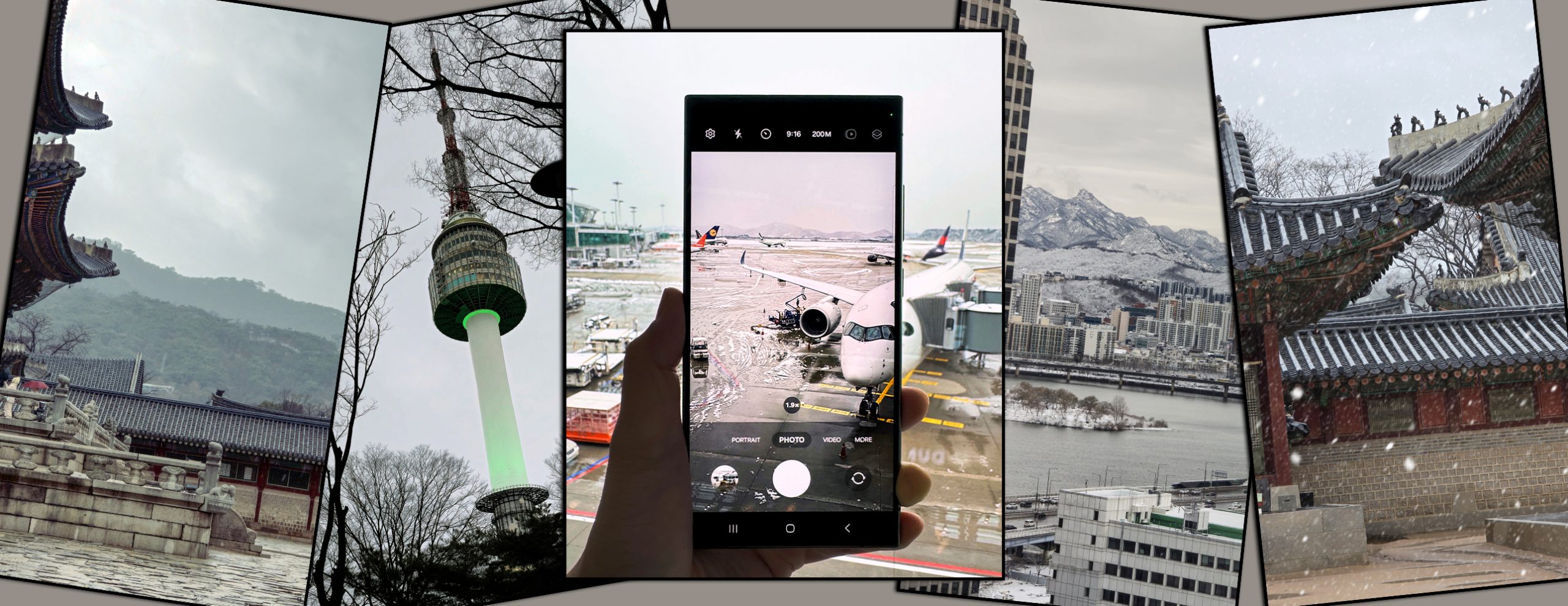
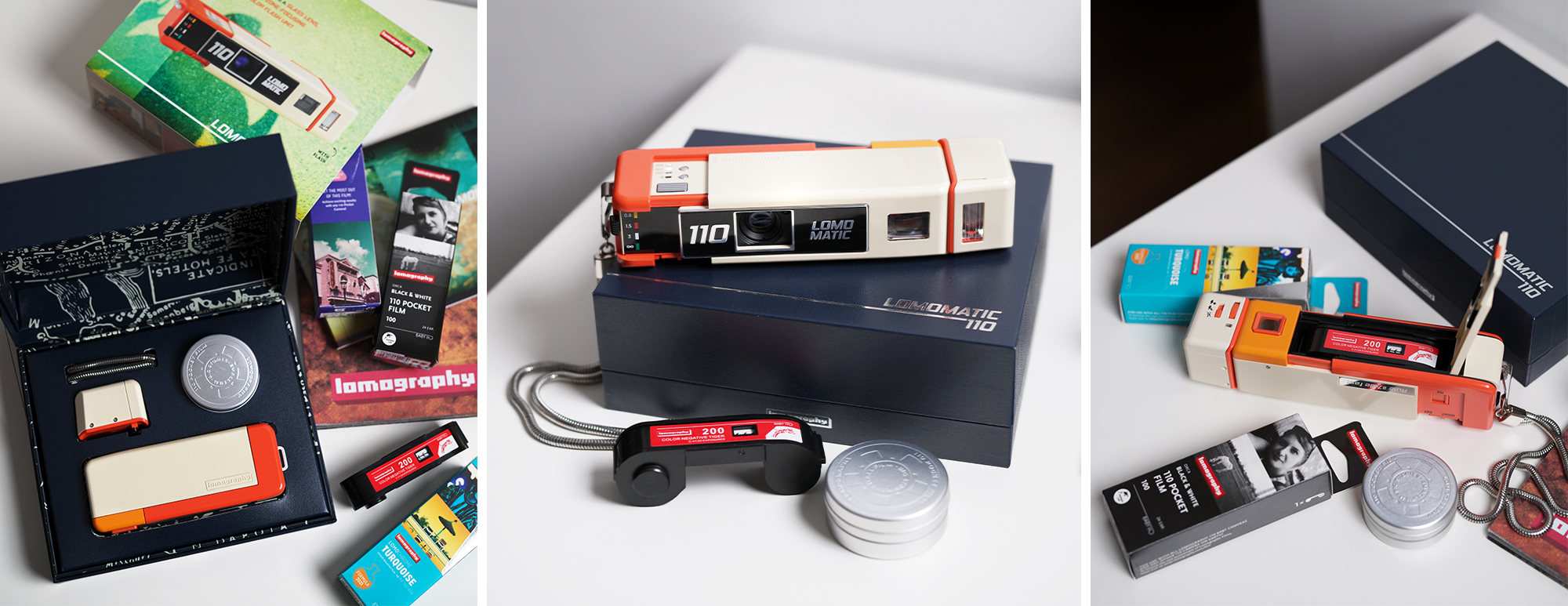
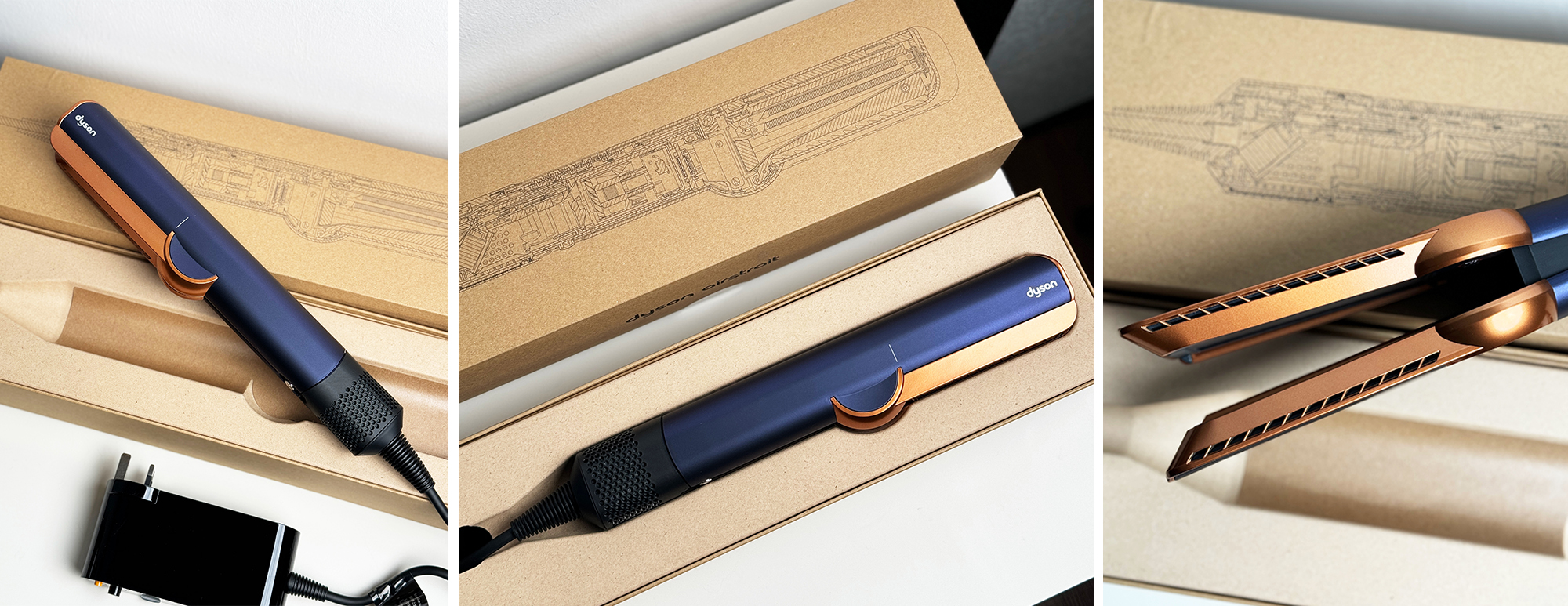
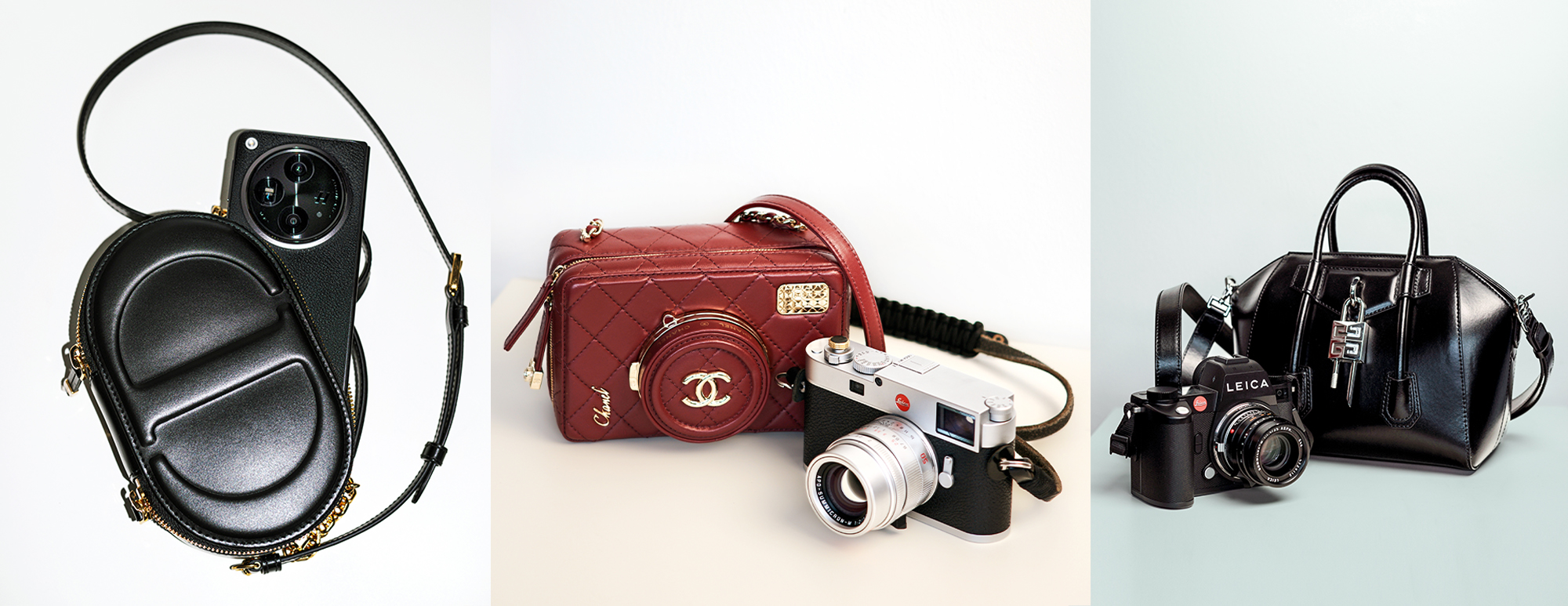
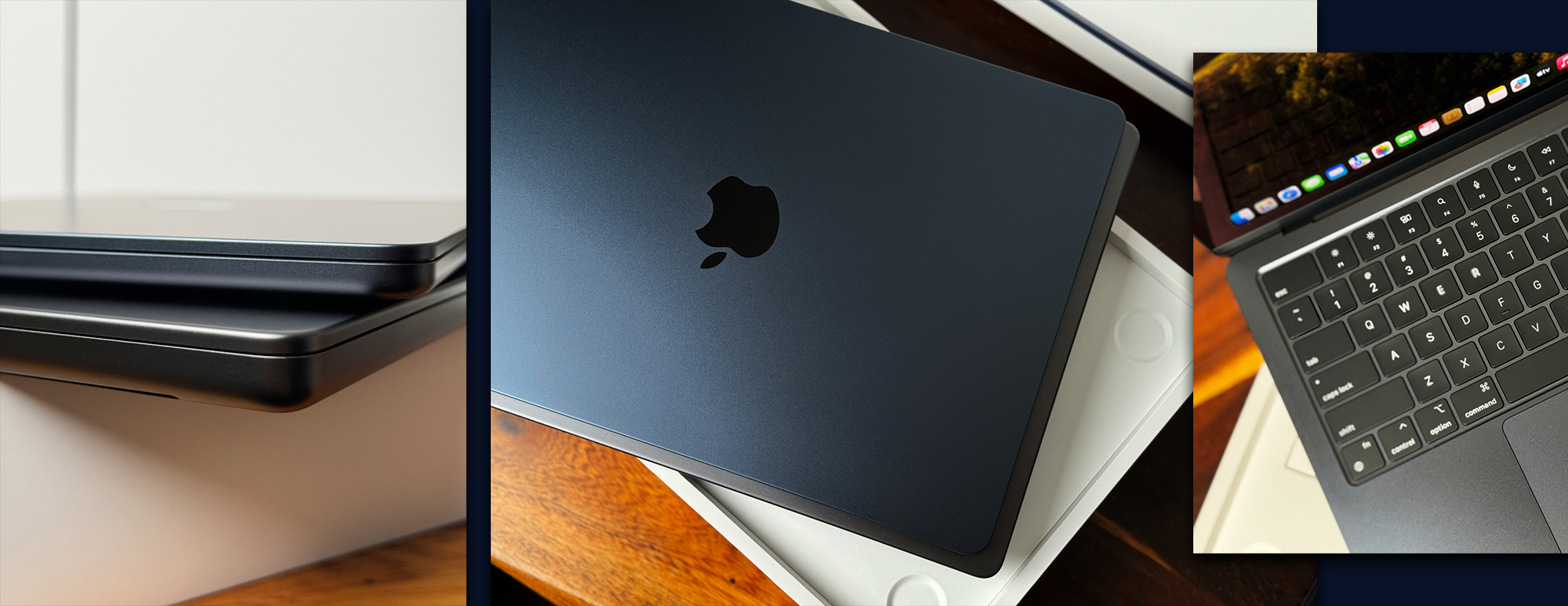
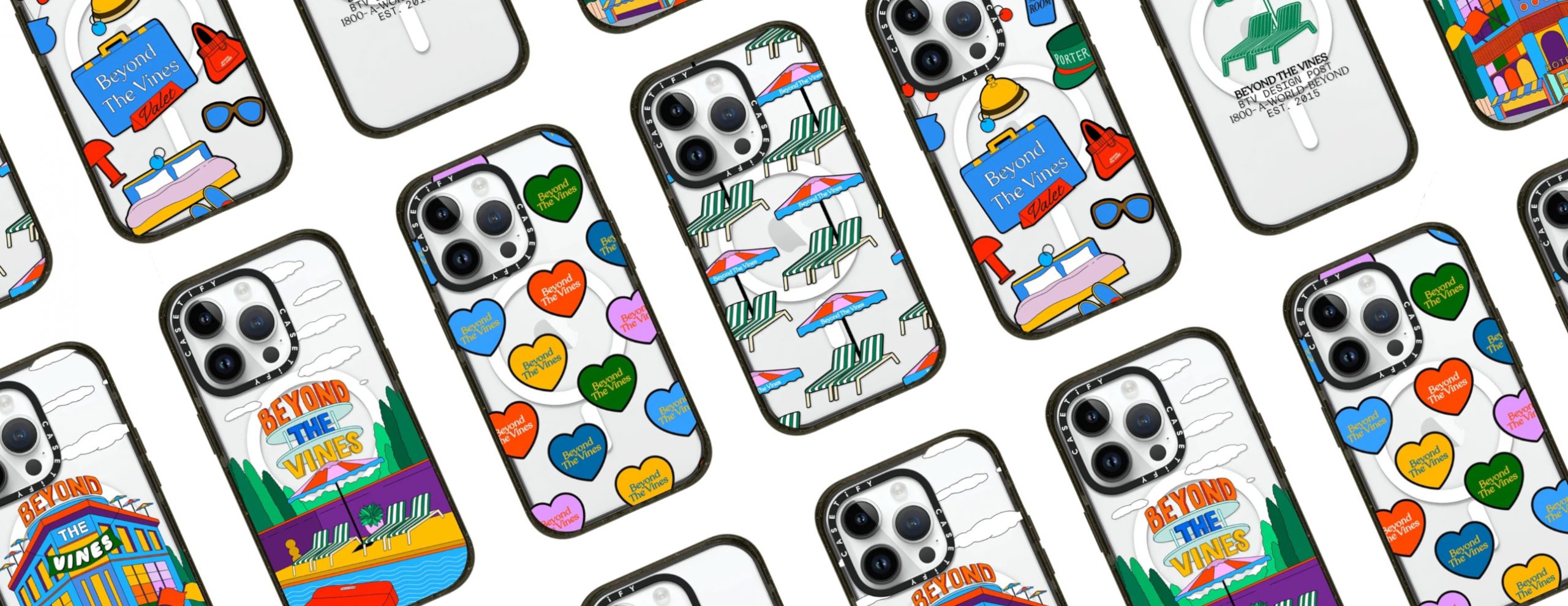
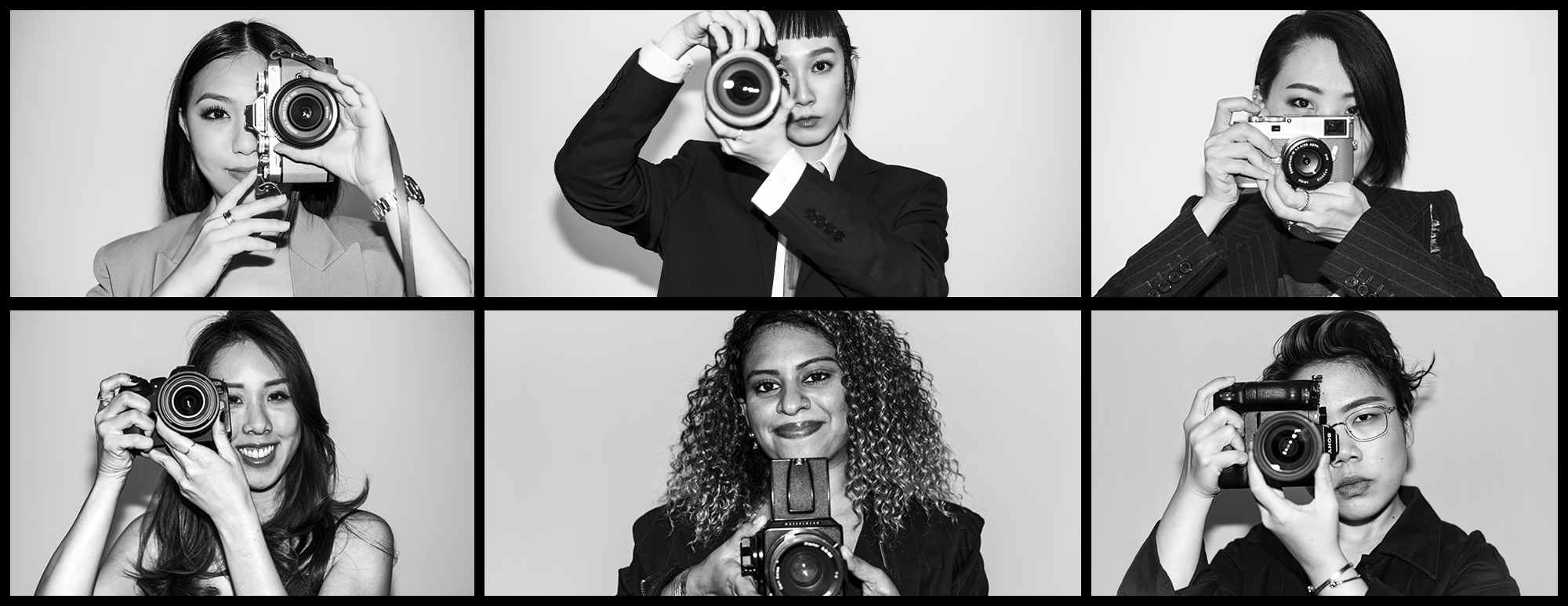
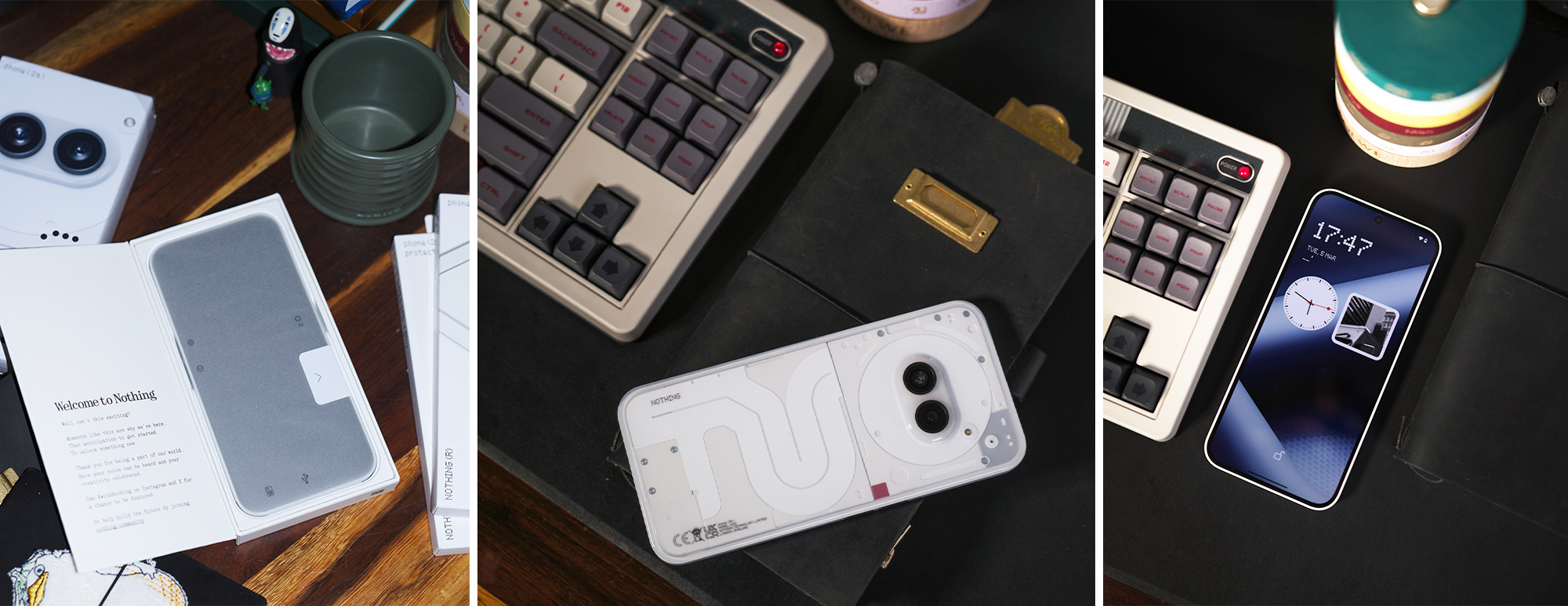

You must be logged in to post a comment.